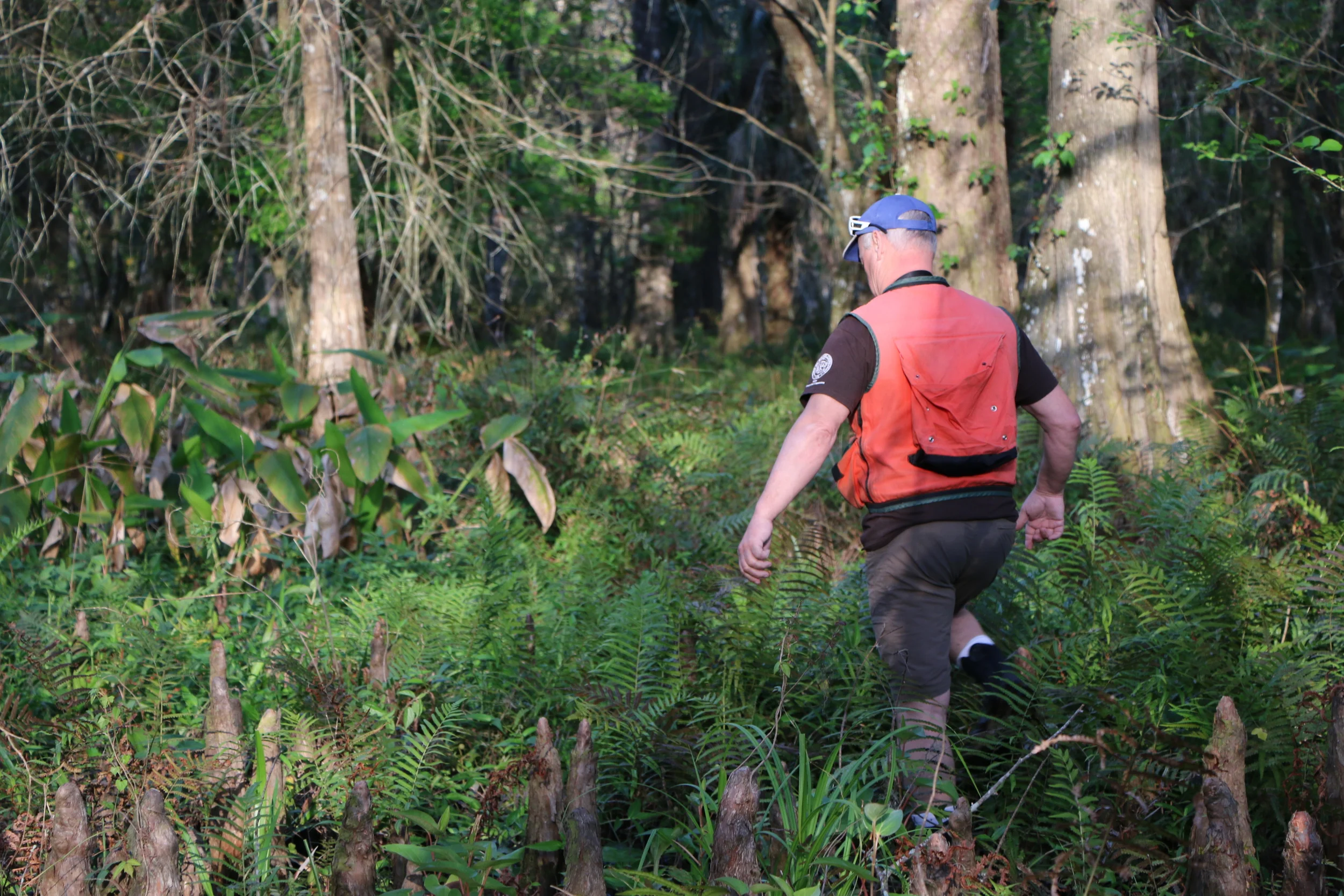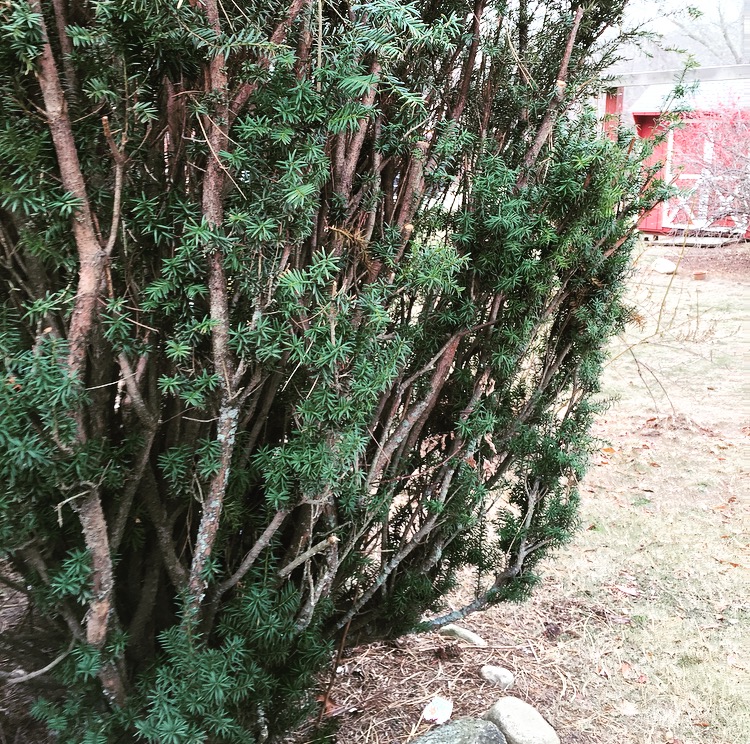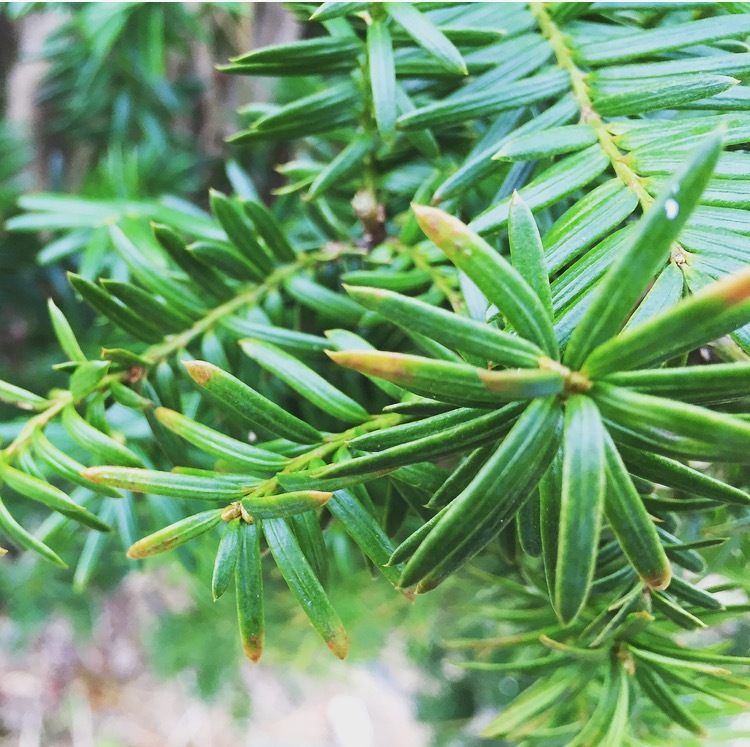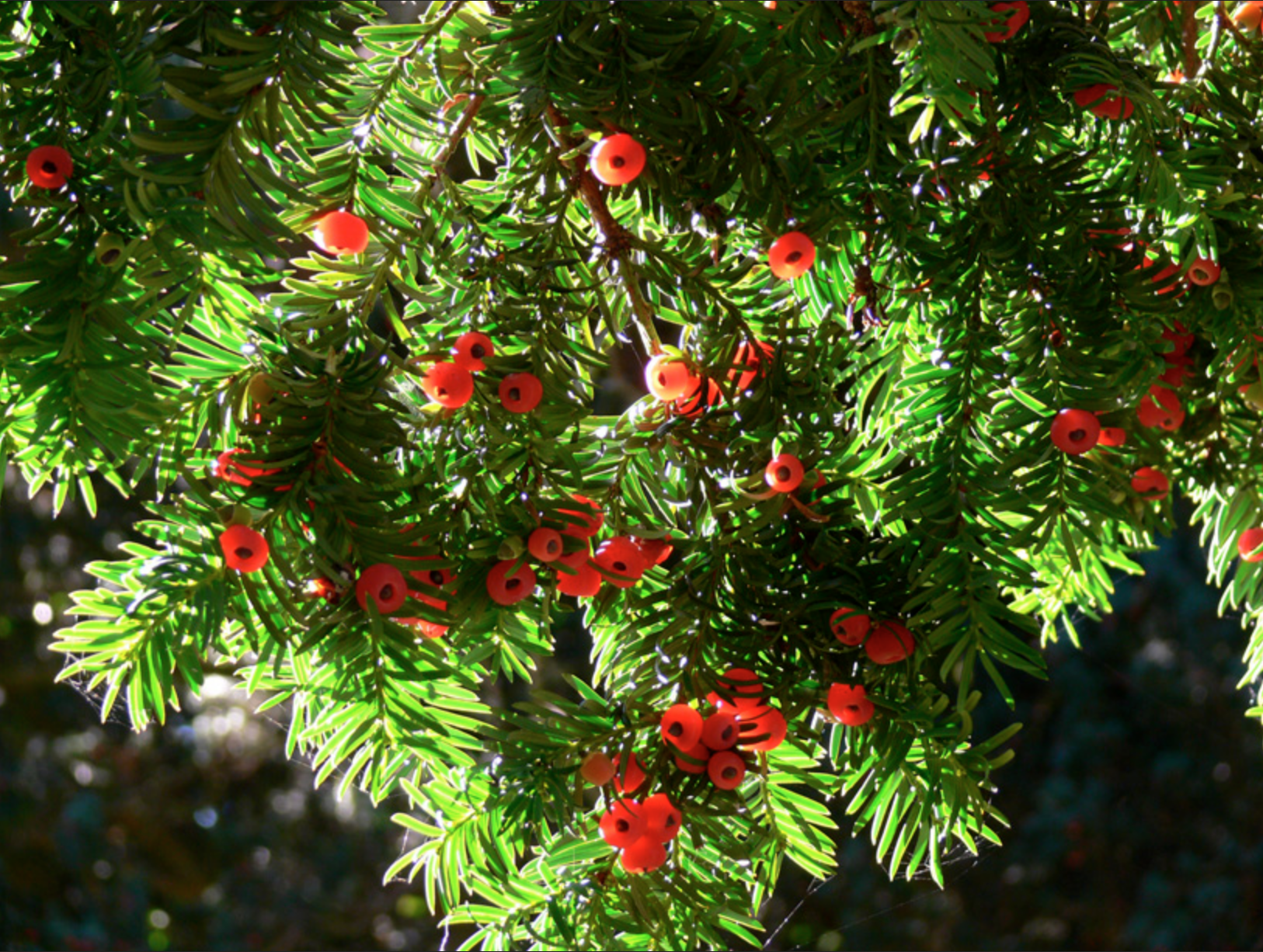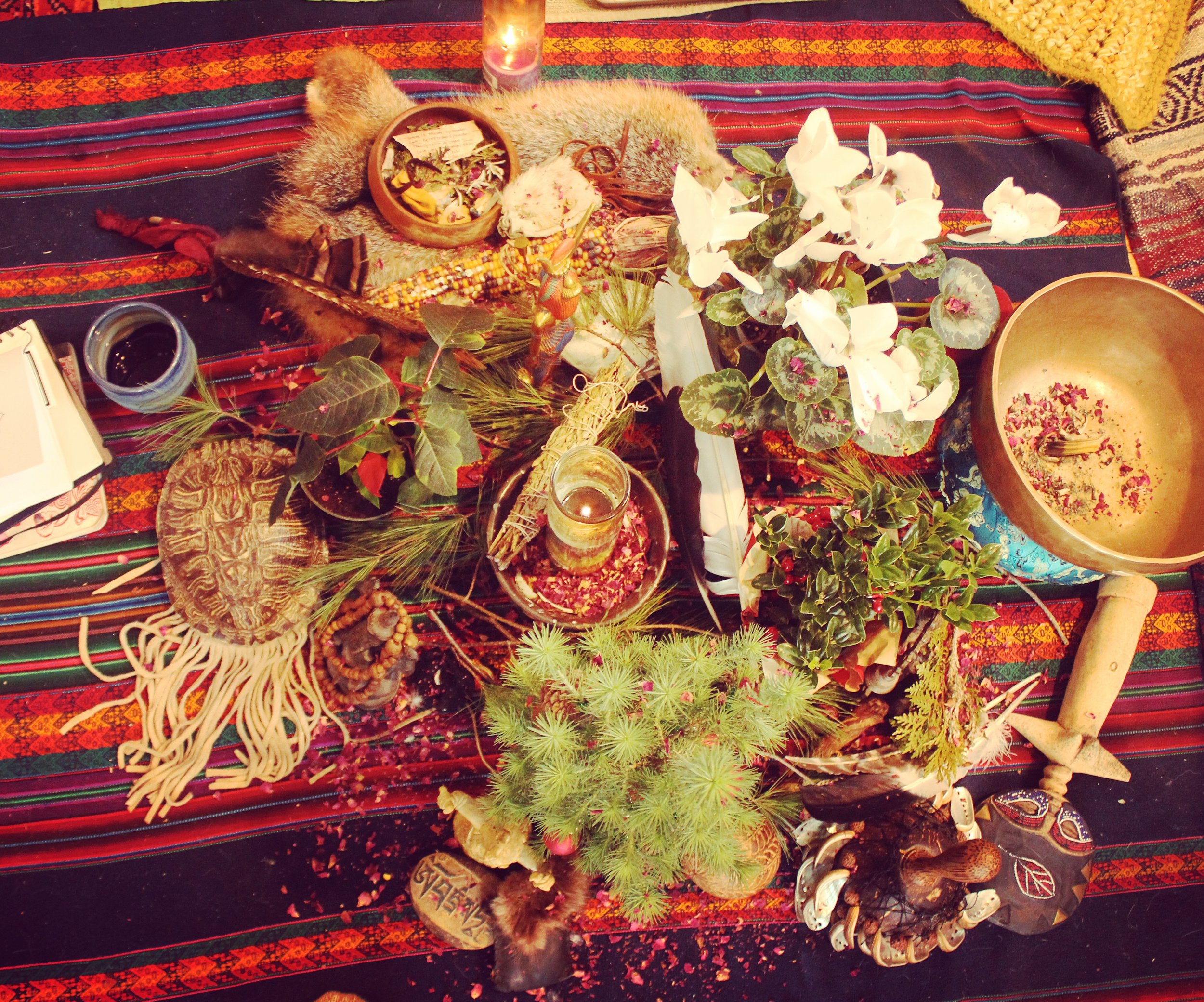~ Winter Solstice ~
The Winter Solstice is marked by the shortest day and the longest night. It is celebrated throughout the world as the return of the light and the rebirth of the sun. “Solstice” comes from two Latin words: sol meaning “sun” and sister meaning “to stand still” because it appeared as though the sun and moon had stopped moving across the sky.
~ Yew tree ~ Taxus baccata
An evergreen conifer native to the UK, Europe and North Africa. The Yew tree can reach up to 400-600 years of age. The bark is reddish brown and peely and the leaves of the yew are straight small needles that grow in two rows on either side of each twig. Unlike most conifers, the yew does not bear seeds in a cone, rather each seed is enclosed in a red, flashy berry-like structure. The yew is probably the most long lived tree in Northern Europe.
In early Germanic culture, the yew was the Tree of Rebirth and worshiped on the Winter Solstice, December 21st, connected with the time when the mythical solar hero was ‘reborn’ from the womb of the underworld and the annual cycle of rebirth and death recommenced.The Celtic calendar connects the yew with the festival of Samhain, when the gates between the world of the living and the world of the dead were said to be open. The ancient Greeks, too, saw the yew as a gate to the underworld, and hence a guardian of the soul.

